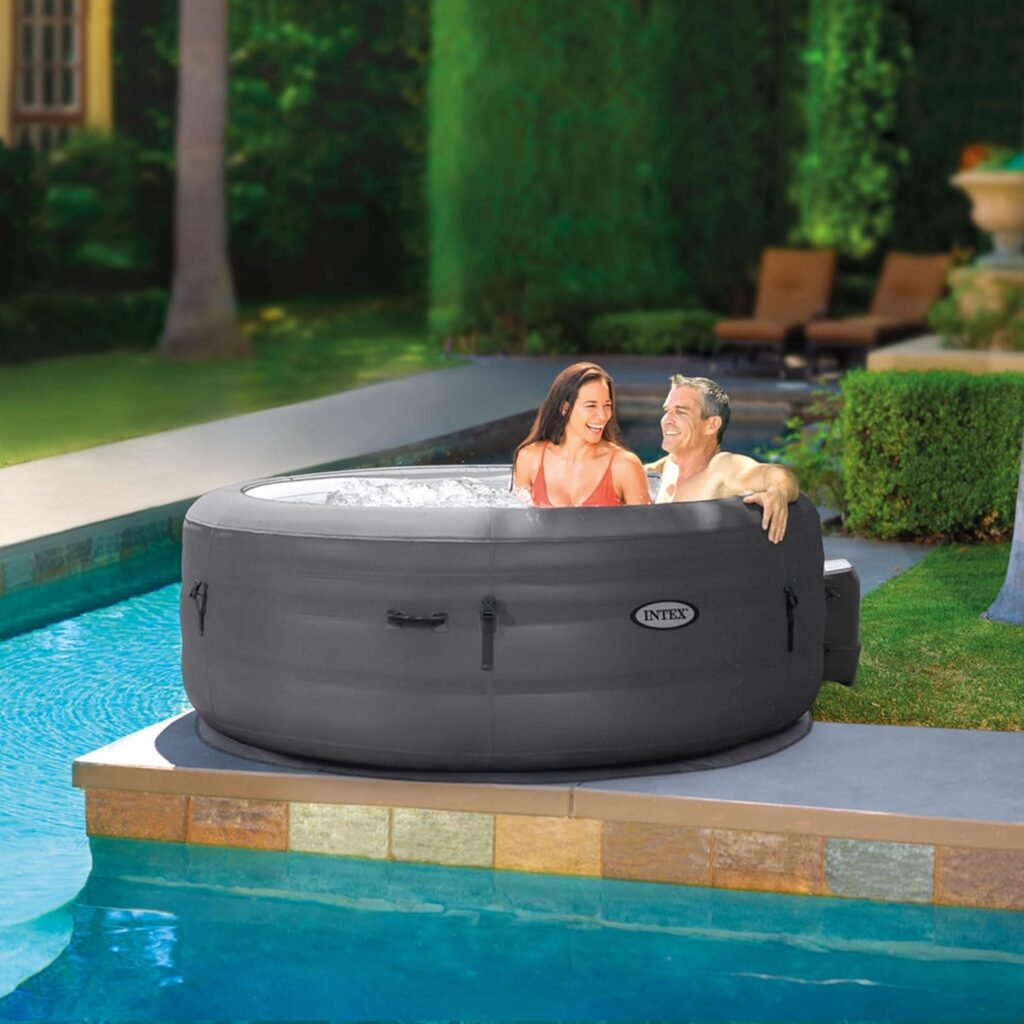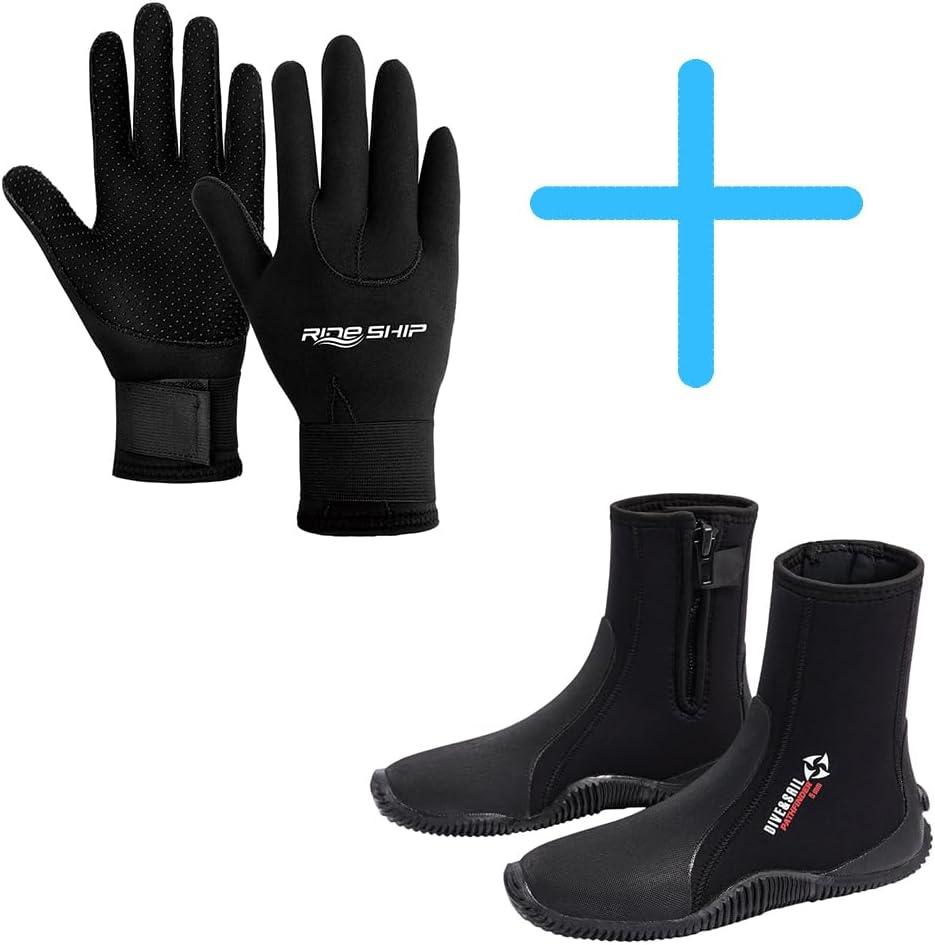See yourself standing at the edge of a clear, cold lake on a brisk morning. You take a deep breath, your heart quickens, and in a single courageous moment, you plunge in—the cold envelops you, making your senses come alive. If you’ve ever wondered why so many people swear by cold plunges, it’s not just for the thrill. In fact, one of the greatest benefits of cold plunging is its impact on your heart health. In this article, we’ll explore why cold plunging can be such a powerful tool for improving your cardiovascular system, how it works, and how you can start practicing it in your own life.
Note: As an Amazon Associate, I may earn commission from qualifying purchases.
What Exactly Is a Cold Plunge?
A cold plunge refers to immersing yourself in cold water, typically at temperatures between 50°F (10°C) and 59°F (15°C). This can be done in natural bodies of water like lakes or rivers, or in specifically designed cold plunge tubs that have become increasingly popular. Cold plunging may seem intimidating, but the physical and mental benefits are worth braving the chill.
The Cardiovascular Benefits of Cold Plunges
You might be wondering: How does plunging into freezing water help my heart? Well, it comes down to the fascinating ways in which your body adapts to the cold. When you immerse yourself in cold water, your blood vessels constrict, which means that blood flow is directed to your core to keep your vital organs warm. This process is known as vasoconstriction. Once you exit the cold water, your vessels quickly open back up, resulting in increased blood flow. This “vascular workout” can have multiple benefits for your heart health:
- Improved Circulation: Regular cold plunging helps train your blood vessels to become more flexible, which in turn improves overall circulation. Good circulation helps lower your blood pressure and reduces strain on your heart.
- Reduced Inflammation: Cold exposure has been shown to lower inflammation, which can significantly benefit your cardiovascular system. Chronic inflammation is linked to heart disease, and cold plunges can play a role in reducing this risk.
- Lowered Heart Rate and Blood Pressure: Over time, cold plunges can help you achieve a more stable heart rate and lower blood pressure. This is partly because they reduce the activity of your sympathetic nervous system—in other words, they help your body better manage stress.
How to Start Cold Plunging Safely
If you’re new to cold plunging, it’s crucial to take it step by step. The goal isn’t to shock yourself into hypothermia, but rather to condition your body slowly. Here are some helpful tips to get started:
- Start with Cold Showers: Before you attempt a full cold plunge, get used to the sensation by taking cold showers. Start with your normal warm shower and gradually lower the temperature for the last 30 seconds. Try extending this time each day until you’re comfortable standing under cold water for a couple of minutes.
- Use a Cold Plunge Tub: If you want to take your practice further, consider getting a dedicated cold plunge tub. There are various options available on Amazon. One popular choice is the Ice Barrel Cold Therapy Tub, which is highly rated by many users for its simple, upright design that allows you to comfortably immerse yourself in cold water.
- Listen to Your Body: The first time you take the plunge, your body will react. You’ll probably gasp, and your heart rate will spike. This is normal. Focus on taking deep, slow breaths to calm yourself down. Aim to stay in for 1-2 minutes initially, and gradually increase the duration as your body adapts.
Cold Plunge Products to Consider
Click on the links below to learn more about the product.
If you’re ready to commit to regular cold plunging, here are some products that can help you set up your own cold plunge experience at home:

- Cold Plunge Tubs:
- Ice Barrel Cold Therapy Tub: This is a user-friendly option that allows you to sit comfortably while being immersed in cold water. Many people prefer its ergonomic design and portability, and it’s a favorite on Amazon with great reviews.

2. Intex Inflatable Hot Tub (Used as a Cold Tub): Believe it or not, many people use inflatable hot tubs as cold tubs! They are affordable, easy to set up, and you can add ice to adjust the temperature or use it as a hot tub with jets and bubbles.
3. Thermometers: You’ll want to keep an eye on the temperature of your cold plunge. The Inkbird Waterproof Digital Thermometer is an inexpensive and well-rated tool that will help you track the perfect range for your plunges.
4. Ice Packs: If you’re using a regular bathtub or a makeshift cold plunge setup, consider Reusable Gel Ice Packs. They can help cool the water more evenly and efficiently.
- The Science Behind Cold Plunging and Heart Health
There’s solid science backing the benefits of cold plunges, particularly for heart health. The practice of cold water immersion, sometimes called hydrotherapy, has been studied in depth. Here’s a breakdown of some of the key mechanisms:
- Hormesis: Cold plunging is a form of hormesis, which means exposing your body to controlled stress that ultimately makes it stronger. This process helps improve the efficiency of your cardiovascular system, much like physical exercise.
- Heart Rate Variability (HRV): Cold plunging has been linked to increased HRV, which is a measure of how adaptable your heart is to stress. A higher HRV generally indicates better cardiovascular fitness and resilience to stress.
- Stress Management: Exposure to cold water activates the vagus nerve, which plays a role in controlling your parasympathetic nervous system—the part of your nervous system responsible for rest and relaxation. This activation helps lower stress, which in turn benefits your heart health.
Creating a Routine for Maximum Heart Benefits
Just like with any wellness practice, consistency is key. Here’s how you can establish a routine that’s sustainable:
- Cold Plunge Frequency: Aim to cold plunge 2-3 times per week to start. As your body adjusts, you may find yourself wanting to do it more often. Many enthusiasts cold plunge daily for optimal benefits.
- Pairing with Exercise: Cold plunges are a great complement to your workout routine. Plunging after exercise helps reduce muscle soreness and speeds up recovery. Plus, the increased blood flow post-plunge will help get oxygen to your muscles.
- Morning vs. Evening: Many people find that cold plunges in the morning are energizing and set a positive tone for the rest of the day. In the evening, a cold plunge can help reset your nervous system and aid with better sleep, especially after a stressful day.
The Mental Benefits and Heart Connection
It’s not just your physical heart that benefits from cold plunging—your emotional and mental well-being improve too. The mental benefits indirectly affect your heart health by lowering stress levels and boosting overall resilience. Here’s how:
- Endorphin Rush: Cold plunging causes your body to release endorphins, those feel-good chemicals that boost your mood and increase your sense of well-being. Less stress equals a healthier heart.
- Boosted Resilience: The practice of willingly exposing yourself to cold helps you build mental toughness. Over time, this can reduce your baseline stress levels and make you less reactive to daily stressors.
- Enhanced Focus and Calm: The act of regulating your breath during a cold plunge can also translate to better control over your response to stress. You’ll learn how to breathe through discomfort—a valuable skill that can improve your heart health by reducing spikes in blood pressure when you’re under pressure.
Contraindications: When to Avoid Cold Plunges
Cold plunging isn’t for everyone, especially if you have certain medical conditions. Here’s when you might want to avoid it:
- Heart Conditions: If you have an existing heart condition, speak with your doctor before trying cold plunging. The shock of cold water immersion can cause an immediate spike in heart rate, which might not be safe for everyone.
- Raynaud’s Syndrome: People with this condition, which causes reduced blood flow to certain areas like fingers and toes, may find that cold plunging exacerbates symptoms.
Alternative Cold Therapies
If cold plunging seems a bit too intense, there are other ways you can reap some of the benefits of cold exposure:
- Cold Showers: A more accessible form of cold therapy, cold showers are a good starting point.
- Cryotherapy Chambers: These involve standing in a chamber that cools the air around your body to extremely low temperatures. It’s a less immersive but still effective way to expose your body to cold.
- Ice Massage: You can use an ice pack or frozen water bottle to rub over sore muscles. This helps improve circulation locally and can offer some similar anti-inflammatory benefits.
Cold Plunge Accessories to Enhance Your Experience
Here are some additional products that can make cold plunging more comfortable and enjoyable:

- Neoprene Gloves and Booties: The extremities are often the hardest part to keep comfortable during a cold plunge. Products like Skyone Neoprene Gloves and Booties can keep your hands and feet a bit warmer while still allowing your core to get the full cold exposure.
- Insulated Robe: After a cold plunge, you’ll want to warm up quickly. An Outdoor Changing Robe like the one from Dryrobe can help you retain heat immediately post-plunge and make the experience more comfortable.
- Bath Thermometer: A floating thermometer is a useful tool to keep track of your water temperature, ensuring it’s in the optimal range for cold plunging.

Conclusion
Cold plunging might seem like an extreme wellness trend, but it’s a practice backed by both science and centuries of tradition. By taking the plunge, you’re giving your cardiovascular system a workout, boosting your circulation, reducing inflammation, and potentially lowering your blood pressure—all great outcomes for your heart health.
The key to success with cold plunging is consistency and listening to your body. If you’re ready to get started, there are plenty of accessible ways to do it—whether it’s through cold showers, a dedicated cold plunge tub, or even using an inflatable pool in your backyard.
Remember, it’s all about building a healthy, resilient body and mind. So why not take the plunge and see how it makes your heart—and your entire well-being thrive?